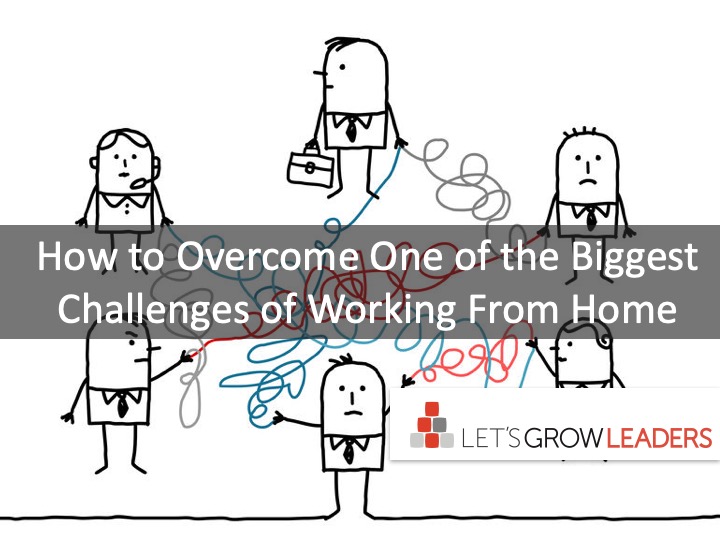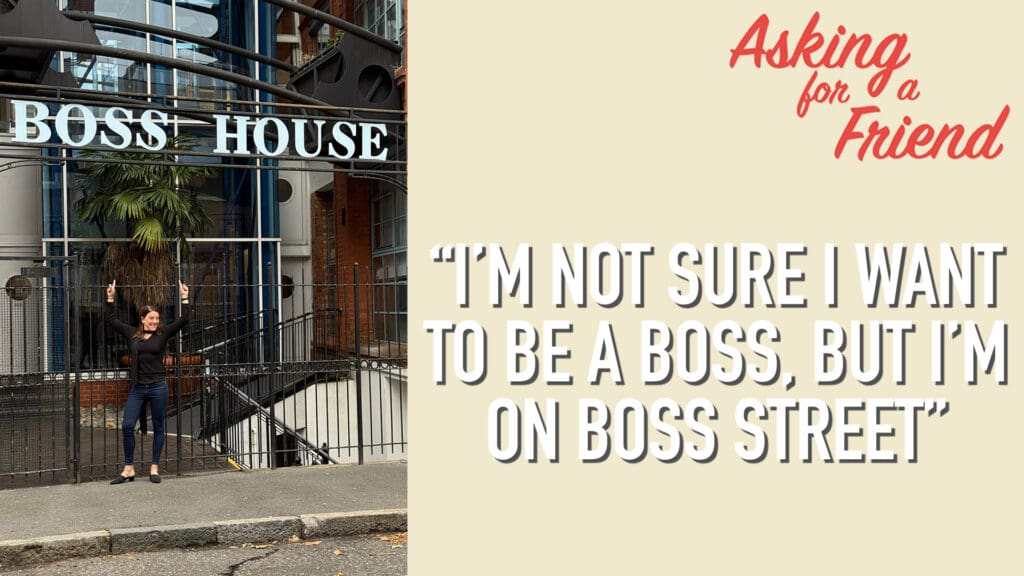Challenges of Working From Home
The Harvard Business Review article, The Implications of Working Without an Office covers great research about the benefits and challenges of working from home. I highly recommend it. If nothing else to validate those mixed emotions you’re having.
Because if you’re like every client we talk to, this new working from home model isn’t ideal. But it’s not a disaster.
The big challenge is not that people are forced to work from home. It’s that they’re working from home in a pandemic with children crawling all over them. Their other routines are disrupted. They can’t see people they love. All in an unstable economy. And of course, there’s the emotional investment in the very important conversations about racial equity and injustice.
People are tired. Worn thin. Scared. Lonely. Overwhelmed.
And Yet …
And with all that going on, the research shows many people are feeling more productive.
Since all-virtual work began, employee stress, negative emotions, and task-related conflict have all been steadily falling; each is down at least 10%. At the same time, employees have experienced an approximately 10% improvement in self-efficacy and their capacity to pay attention to their work. A couple of months in, employees reported that they were “falling into a consistent routine,” “forming a pattern [of work time and breaks] with my coworkers,” and “learning what makes me the most productive and how I can best manage my time and energy.” One employee even noted, “I think it’s weird how normal everything has become — the virtual meetings, the emails, everyone looking grungy.” Another stated that it just became “business as usual.”
Comments made by everyone from frontline employees to CEOs revealed a slew of perceived benefits from working from home. One CEO told us he “hoped this put an end to the ‘fly across the country for a one-hour meeting’ expectation forever.” Others reported that they had “more focus time,” “shorter meetings,” and “more flexible time with family” — and, most commonly, were “not missing the daily commute.” By the eighth week, many employees reported getting “into the groove of working from home” and “wanting to continue” working virtually. Several even said, “I love it.”
And if your teams are like the many employees being surveyed by HR departments all over the globe, you’re hearing, “I’d prefer to work from home at least some of the time.” Particularly once we’re past this pandemic and the kids are back in school where they belong 😉
Lost Informal Collaboration: One Big Challenge of Working From Home
One of the biggest challenges of working from home is lost informal communication that leads to spontaneous collaboration, best practice sharing, and new ideas.
One key reason to think twice before going down that path (a long term shift to WFH) is the loss of unplanned interactions that lead to important outcomes. Physical offices cause people who don’t normally work with each other to connect accidentally — bumping into each other in the hallway or the cafeteria — and that interaction sparks new ideas.
This is worth considering and being deliberate about addressing.
4 Ways to Foster Deliberate Collaboration in Your Work From Home Team
1. Ensure you have meaningful shared goals and measures.
If your employees are only being measured by their own KPIs (or stack-ranked against their peers), you’re already fighting an uphill battle when it comes to collaboration. Now add “out-of-sight,” and it’s natural for people to keep their head down, focus on their own work and forget about the “team,” which is a generous use of the word in this case. If you want your team collaborating, ensure they have some shared goals, and shared skin in the game.
If your success depends on your peer’s success, you are far more likely to pick up the phone and see how you can help.
2. Create deliberate time for collaboration and I.D.E.A. sharing.
The challenge of depending on spontaneous collaboration, even in an office setting, is that it might not happen.
Don’t leave collaboration to chance. We’ve been amazed at the incredible ingenuity that’s coming out of quick, focused zoom breakout room sessions where cross-functional teams come together and ask important “How can we?” questions and share their best thinking. With the right set-up, even twenty minutes in focused conversation is enough to get people sharing micro-innovations and solutions.
This is more than just asking “Does anyone have any ideas?” at the end of the meeting. Start with clarity about where you need a great idea, and then give them tools to vet and share them.
3. Enable asynchronous communication.
In his book, Remote: Office Not Required, Jason Fried and David Heinemeier Hansson describe the best practice they use at their company 37signals.
At 37signals we’ve institutionalized this through a weekly discussion thread on the subject, “What have you been working on?” Everyone chimes in with a few lines about what they’ve done over the past week and what’s intended for the next week. It’s not a precise, rigorous estimation process, and it doesn’t attempt to deal with coordination. It simply aims to make everyone feel like they’re in the same galley and not in their own little rowboat. It also serves as a friendly reminder that we are all in it to make progress. Nobody wants to the one to report that “This week was spent completing Halo 4, eating leftover pizza, and catching up on Jersey Shore.” We all have a natural instinct to avoid letting our team down, so when the commitment becomes visual, it gets reinforced.
4.Train in cross-functional cohorts.
We’re in our third year of an award-winning cohort-based, live-online leadership development program (see my interview with Michelle Braden on why this worked). We run this 7-month program in cohorts of 20 or so employees from 6 countries across a wide variety of functions. It’s highly interactive so it’s easy to share best practices and work through challenges together. Although participants are not people who would normally work together, they build deep relationships and learn an incredible amount about other areas of the business—all while honing their leadership skills—all without ever being in the same room.
Remote team collaboration requires a bit more intentionality, but with just a bit of focus, you can actually get more collaboration than waiting for people to bump into each other in the hallway.
Your turn.
What are your favorite ways to overcome the biggest challenges of working from home?







0 Comments